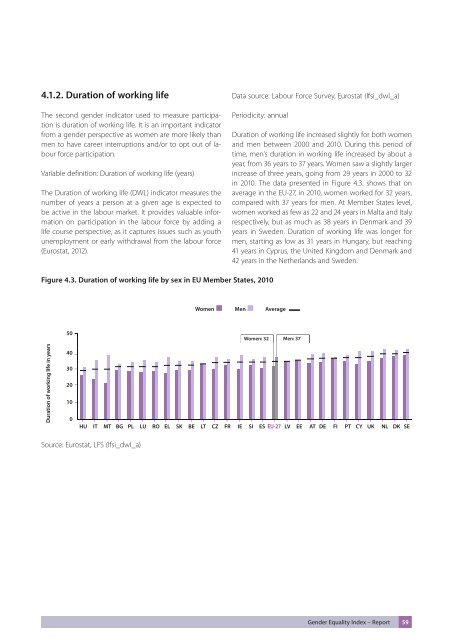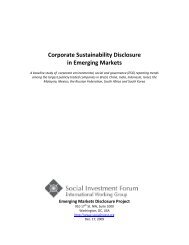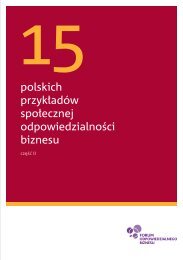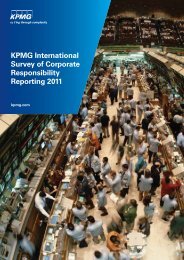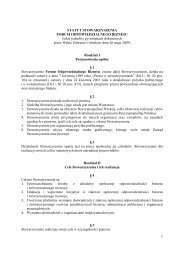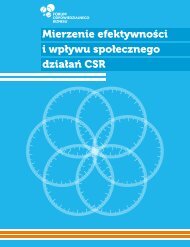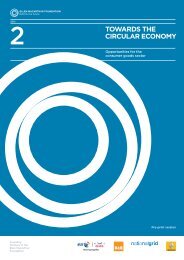Gender Equality Index Report - European Institute for Gender ...
Gender Equality Index Report - European Institute for Gender ...
Gender Equality Index Report - European Institute for Gender ...
You also want an ePaper? Increase the reach of your titles
YUMPU automatically turns print PDFs into web optimized ePapers that Google loves.
4.1.2. Duration of working life<br />
The second gender indicator used to measure participation<br />
is duration of working life. It is an important indicator<br />
from a gender perspective as women are more likely than<br />
men to have career interruptions and/or to opt out of labour<br />
<strong>for</strong>ce participation.<br />
Variable definition: Duration of working life (years)<br />
The Duration of working life (DWL) indicator measures the<br />
number of years a person at a given age is expected to<br />
be active in the labour market. It provides valuable in<strong>for</strong>mation<br />
on participation in the labour <strong>for</strong>ce by adding a<br />
life course perspective, as it captures issues such as youth<br />
unemployment or early withdrawal from the labour <strong>for</strong>ce<br />
(Eurostat, 2012).<br />
Data source: Labour Force Survey, Eurostat (lfsi_dwl_a)<br />
Periodicity: annual<br />
Duration of working life increased slightly <strong>for</strong> both women<br />
and men between 2000 and 2010. During this period of<br />
time, men’s duration in working life increased by about a<br />
year, from 36 years to 37 years. Women saw a slightly larger<br />
increase of three years, going from 29 years in 2000 to 32<br />
in 2010. The data presented in Figure 4.3. shows that on<br />
average in the EU-27, in 2010, women worked <strong>for</strong> 32 years,<br />
compared with 37 years <strong>for</strong> men. At Member States level,<br />
women worked as few as 22 and 24 years in Malta and Italy<br />
respectively, but as much as 38 years in Denmark and 39<br />
years in Sweden. Duration of working life was longer <strong>for</strong><br />
men, starting as low as 31 years in Hungary, but reaching<br />
41 years in Cyprus, the United Kingdom and Denmark and<br />
42 years in the Netherlands and Sweden.<br />
Figure 4.3. Duration of working life by sex in EU Member States, 2010<br />
Women Men Average<br />
50<br />
Women: 32<br />
Men: 37<br />
Duration of working life in years<br />
40<br />
30<br />
20<br />
10<br />
0<br />
HU IT MT BG PL LU RO EL SK BE LT CZ FR IE SI ES EU-27 LV EE AT DE FI PT CY UK NL DK SE<br />
Source: Eurostat, LFS (lfsi_dwl_a)<br />
<strong>Gender</strong> <strong>Equality</strong> <strong>Index</strong> – <strong>Report</strong><br />
59


